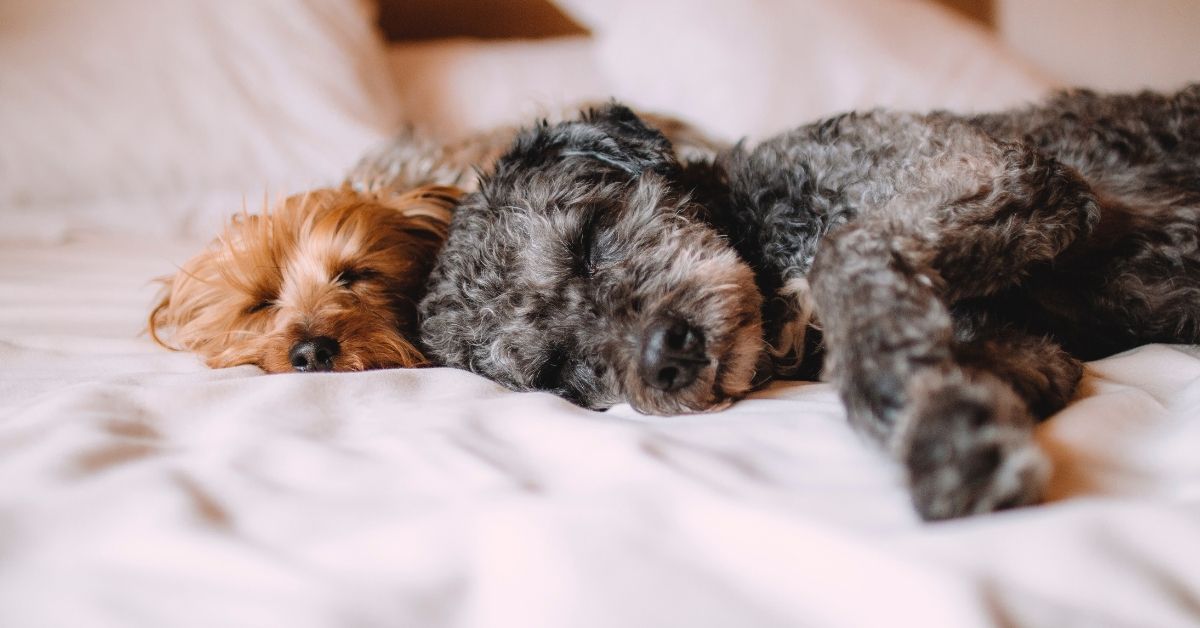For some, whether an apartment community is animal-friendly, is a deciding factor.
Maybe they already have a dog and need to move some place that’ll accept them. Therefore, they can’t move into an apartment that doesn’t. I mean they could, but they’d have to find some place else for the dog.
For others, finding out that that an apartment is pet-friendly is the “excuse” they need to purchase a pet, in this instance, a dog.
Dogs are wonderful editions to a home. They bring many families joy. However, before going out and purchasing a puppy, there are some factors to first consider. Even if you think you know everything about dogs, it's important to play it safe. After all, adopting a dog is a long term responsibility. To get you started, here are some tips about dogs.
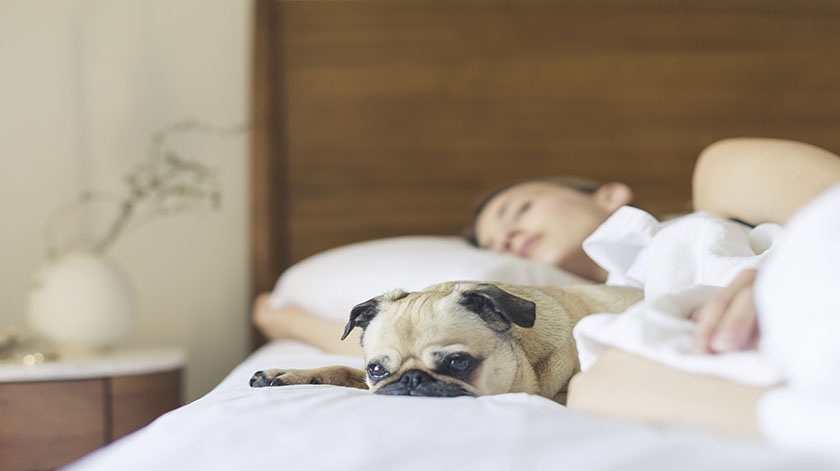
Puppy Proofing
Like the phrase, "baby proofing" you’ll need to doggy proof your apartment. You do this to make sure that the environment is safe for your new canine companion. After all, it’ll be a new environment for them, they’ll want to explore, and you’ll want to make sure it’s safe for them to do so.
Locks
To help your dog stay safe, child-proof locks on cabinets that contain poisonous chemicals, cleaners, or anything else you don’t want them to get into.
Although there are products made especially for dogs, they can be pretty clever when it comes to getting into things that they shouldn’t.
Toilets
If you weren’t before, it’s a good time to start closing the lid to the toilet. Dogs like to drink from the toilet bowl, which may host chemicals or cleansers which could harm them.
Trash
What might be your trash, might be your dog’s treasure.
Their sense of smell is impressive. Through all the gunk that gets tossed in the trash, might be a small piece of food. Make sure all the trash bins in your apartment have lids, locking lids are even better – bathroom, laundry, and bedroom.
Chords
Everything can be a chew toy in the eyes of your pet. Anything you don’t want them to damage should be put away. Chords for example are something that might be difficult to put away because they are used every day. Phone chargers and power strips should be off the floor, out of sight, or tucked away.
Cosmetics
Any sort of scented or flavored substances are intriguing for dogs because they’ll try to eat it. This is especially true for candles, lotions, and make-up. Keep such things high on a counter or away in a drawer to protect your dog.
Furniture
Try a spritz of bitter apple spray. It’s said to be a scent that dogs don’t like. Spray this on your furniture so that you don’t have to worry about chewing or scratching of your upholstery.
Precautionary
Items that come to mind are potty-training pads, carpet cleaner, and surface wipes. Stocking up on these items will be beneficial in the case of smelly accidents.
Other items on the checklist include: a leash, collar (harness), food, flea/tick medicine, treats, bed, toys, food and water bowl, and grooming supplies.
In addition, it might be a good idea to contact your renter’s insurance company to inform them of your status as a pet-owner so you can protect yourself if something goes wrong.
A veterinarian will be a good source to find out about any other precautionary things. Keep in mind that some breeds may need particular treatments, medicines, diet restrictions, etc.
Breed of Choice
To help narrow down the breed, first take a look at which breeds are allowed. Some apartments have breed restrictions, weight restrictions, as well as the number of pets allowed. There will likely be pet fees and maybe additional insurance requirements. Check with your landlord, before you adopt, to ensure the apartment is animal friendly.
Another factor to consider when deciding which breed to get, think about the size of your apartment. Apartment living for a dog typically means a compact space, mostly indoors, and limited access to a yard.
Every breed comes with its own personality. Take this Pedigree test so see which breed matches your personality/lifestyle!
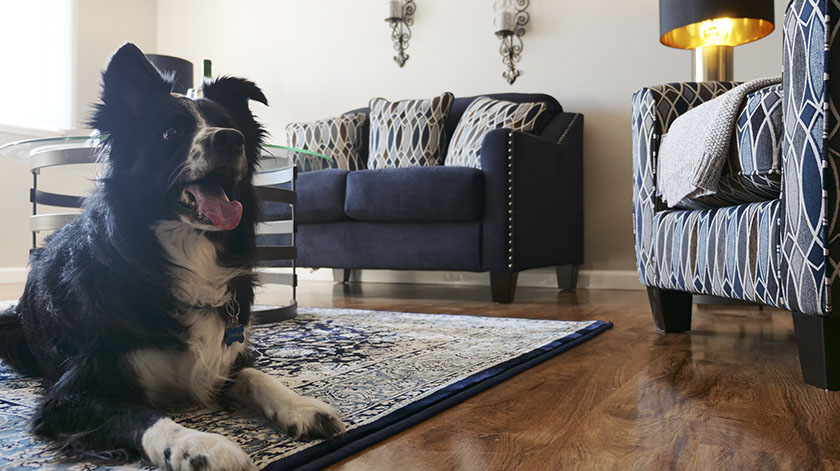
Train
Any damage caused to the property will be your responsibility.
Training your dog at the beginning will instill in them what is right, and what is wrong. Any damage caused by chewing, scratching, going to the bathroom, or digging can be very expensive to repair.
Training is a learning curve for everyone involved, including the puppy/dog. It would be a good idea to read up on the breeds to know about common health concerns and personality quirks. Be patient and keep the shelter’s (or breeder’s) and the vet’s number on hand in case you need advice.
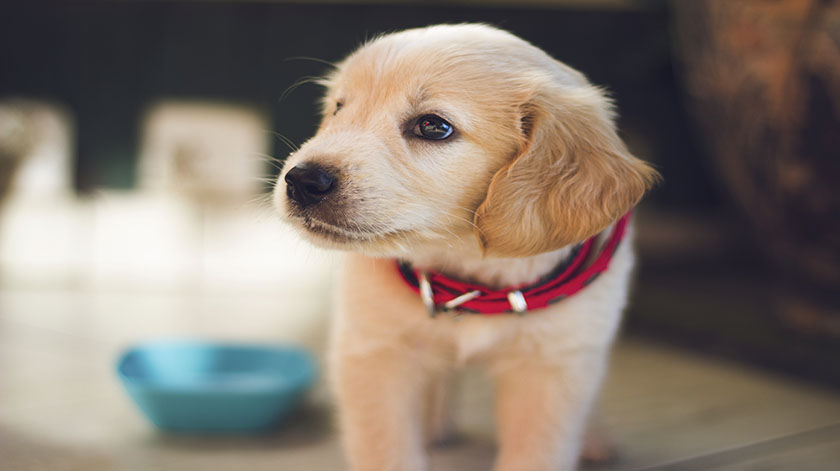
Schedule
When you bring your dog home, start a schedule right away. When they eat, bring them out to go potty. As a rule of thumb, dogs need to go to the bathroom roughly four times a day. The younger the dog is and the older the dog is, the more visits outside you’ll have to take.
When training a puppy, praise them for going potty outside, for then they know they did a good job. Taking them to the same potty spot will help the process quicker.
Should the dog go potty inside, don’t overly scold them.
Confinement
While you are away, or even at night, to keep your dog from causing trouble, it might be smart to keep your dog in a kennel, crate, or playpen. At least for a while to get used to the rules. This should mitigate any damage done – at least to a confined area. It’d be best to have the dog ruin a small area of the apartment, rather than the whole place.
Rather the kennel or crate being a bad place to go, make it welcoming. Place a bed inside, a toy, and/or a treat.
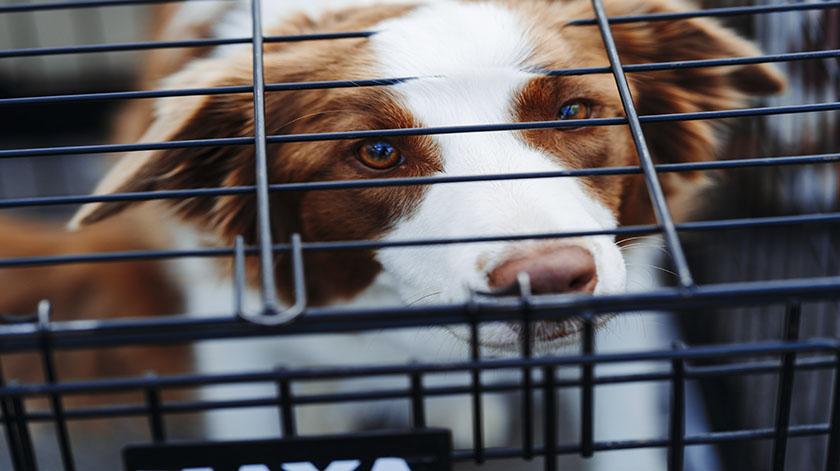
Bringing a puppy or a dog home is a challenge in of itself. It’s a life-changing experience. Which is why it’s beneficial to bring the dog into a home that’s ready for them.
Just as your pup will adjust to its new environment, so you will have to adjust to a new schedule and set of chores.
Exercise
Most problems articulate from a dog having too much energy and nowhere to let loose. This can certainly happen in all breeds. To ease the situation, take your dog for at least two long walks every day - morning anfd evening.
Any exercise is better than none.
In addition, exercise can tire dogs out. They might sleep better at night or keep from chewing on the furniture after getting back from exercising.
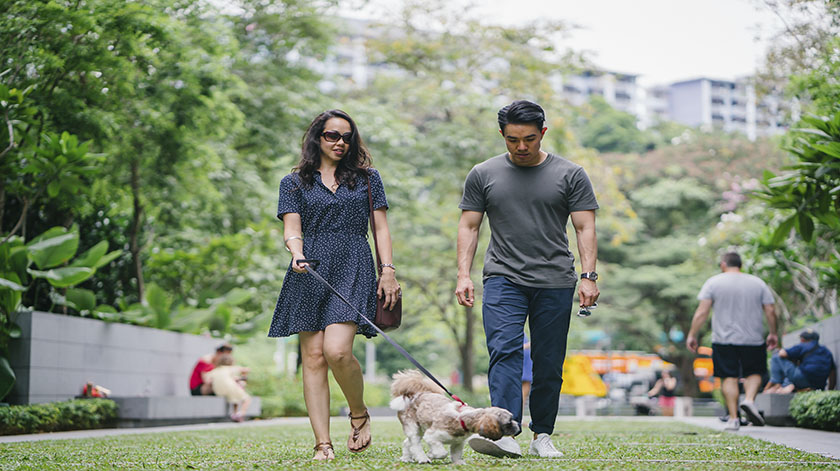
Environment
It can be stressful for any breed to be in a new place. To make your pup feel more at ease, it’s important to get him/her used to their environment by allowing them to interact with those living around you.
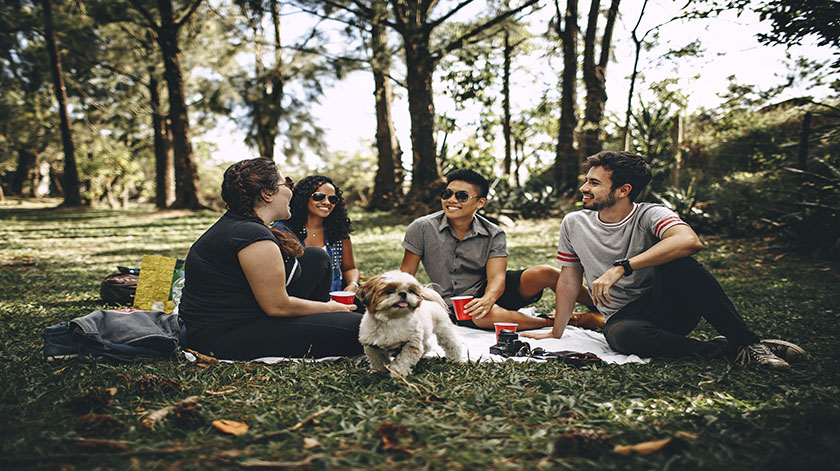
Since you’ll be home more often for walks, feeding, bathing, playtime, and cuddling, you might as well spend this time in a place that you’ll enjoy, a home for not only you but your pup too!
Choose from our array of apartments, and find which ones are dog-friendly!

